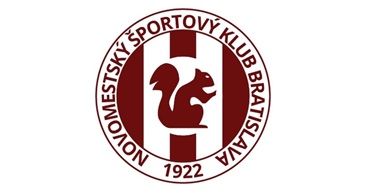Postpartum difficulties and treatment of abdominal diastasis
Difficulties after childbirth are very often associated precisely with the weakening of the pelvic floor muscles, resulting in their dysfunction. Improper function of the muscles can cause various disorders, the most common of which is abdominal diastasis.
Among the most common factors in the development of abdominal diastasis is pregnancy. Due to hormonal influences during pregnancy, the increase in uterine volume and stretching of the soft structures of the body, there is a stretching of the direct abdominal muscles away from each other, which does not return to its original state after childbirth.
Diagnosis and treatment of abdominal diastasis
Abdominal diastasis is a functional problem of the musculoskeletal system, whereby the direct abdominal muscles at the site of the midline of the abdominal fascia - the linea alba - become separated, resulting in impaired trunk stability, weakening of the function of the abdominal muscles, the biomechanics of the trunk itself, and the stability of the pelvis.
As part of the professional diagnosis, the gynecologist examines the abdominal diastasis by palpation (touch). After a focused history, the doctor palpates the medial inner edges of the abdominal muscle at the midline of the abdominal linea alba, assesses the patient's condition on the basis of the examination, and then recommends a treatment procedure.
In our ReFit Clinic, we address the problem of abdominal diastasis with targeted rehabilitation exercises under the supervision of a physiotherapist, which are aimed at activating the proper function of the internal abdominal muscles and diaphragm in order to improve breathing stereotype, strengthen trunk stability and thus eliminate abdominal diastasis. As part of the rehabilitation, the patient is continuously monitored by the examining physician.








